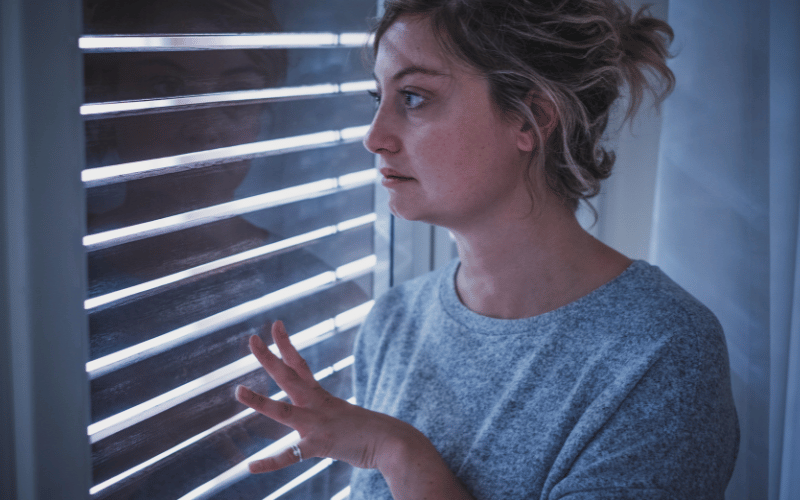Introduction: Unraveling Agoraphobia’s Mysteries

Agoraphobia, derived from the Greek words for “fear of the marketplace,” is a complex mental health disorder that often gets a reductionist portrayal in media and casual conversations. While many believe it’s merely a fear of open spaces, the reality is more multifaceted. The condition stretches beyond open areas, encompassing fears that many wouldn’t even think of associating with it. But why is there such a misunderstanding about it? Part of it might be due to its seemingly counterintuitive name. Another reason could be the generalized way anxiety disorders are often portrayed.
In contemporary society, terms like “anxiety” and “phobia” have been widely discussed, yet there’s a blur between understanding and misconception. With the ongoing drive to promote mental health awareness, it’s high time to shine a spotlight on the lesser-known facets of conditions like agoraphobia. Given the profound impact it has on individuals’ lives, understanding its intricacies isn’t just beneficial—it’s crucial.
This article aims to delve deeper into agoraphobia, bringing to light its nuances, dispelling myths, and highlighting its real-world implications. By the end, you’ll have a more rounded view of this anxiety disorder, providing a solid foundation for empathy, discussion, and action.
Fact 1: Understanding the Basics of Agoraphobia

Agoraphobia is more than just a word; it’s a labyrinth of emotions and fears that one goes through. At its core, this disorder relates to an individual’s apprehension of situations where leaving might seem daunting, or where assistance may not be readily available. It’s not simply about being in a large space or in public. It’s about the overwhelming sensations and feelings these environments or situations induce. Some view it as a mere fear, but for those going through it, it’s an everyday challenge that dictates how they navigate life.
The emotional journey of someone with agoraphobia is worth highlighting. More than the physical spaces, it’s the emotional spaces that become taxing. The vulnerability, the sense of impending doom, and the constant battle with oneself are as real as any physical ailment. The world can seem like an avalanche of anxiety triggers, making even simple tasks like grocery shopping a Herculean challenge.
Avoidance becomes a default for many with agoraphobia. But it’s not a sign of weakness. Instead, it’s a testament to the person’s need to feel safe. Avoiding places or situations isn’t about shirking responsibility or being antisocial; it’s about self-preservation. However, this method of coping, while understandable, can hinder personal growth and experiences. By avoiding triggers, they inadvertently avoid life.
Many misconceptions surround agoraphobia. It isn’t about a disdain for adventure or a choice to live in fear. Most agoraphobics yearn for normalcy, hoping to step out without their heart racing or to be in a crowd without feeling trapped. By breaking down these myths, we pave the way for more acceptance and understanding of this condition.
Agoraphobia doesn’t just impact an individual’s mental state; it ripples through their personal, social, and professional lives. With their world becoming increasingly limited, opportunities get sidelined, relationships face strain, and self-worth can diminish. By understanding the basics of agoraphobia, we do more than just learn about a disorder; we empathize with the journey of those grappling with it. (1)